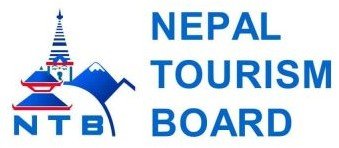Everest Base Camp Trek Permits and Regulation

26th Feb, 2024
- teamramadventure
Introduction:
Everest base camp trek is unforgettable adventure to the roof of the world with the Everest Base Camp trek. Nestled in the heart of the majestic Himalayas, this trek offers breathtaking views, cultural encounters, and a sense of accomplishment like no other. In this comprehensive guide, we'll provide you with all the information you need to plan and experience the Everest Base Camp trek to its fullest.
Table of Contents
Overview:
The Everest Base Camp trek is a legendary journey that takes you through the stunning landscapes of the Khumbu region in Nepal. Starting from Lukla, the gateway to the Everest region, the trek winds its way through picturesque villages, lush forests, and rugged terrain, culminating at the iconic Everest Base Camp.
Best Time to Trek:
The best time to undertake the Everest Base Camp trek is during the spring (March to May) and autumn (September to November) seasons. During these months, the weather is relatively stable, offering clear skies and excellent visibility, making for optimal trekking conditions.
Trekking Itinerary:
Day 1-2: Kathmandu to Lukla and Phakding
Day 3-5: Namche Bazaar and Acclimatization
Day 6-8: Trek to Tengboche, Dingboche, and Lobuche
Day 9-11: Everest Base Camp and Kala Patthar
Day 12-14: Descend to Lukla via Namche Bazaar Itinerary can be adjusted based on individual preferences and acclimatization needs.
Permits and Regulations:
Everest Base Camp, you'll need to obtain two permits: the Sagarmatha National Park Permit and the Khumbu Pasang Lhamu Rural Municipality Permit. These permits can be obtained in Kathmandu or Lukla and are essential for entry into the protected area.
Altitude Sickness:
Altitude sickness is a real concern when trekking to high elevations. It's crucial to acclimatize properly by ascending gradually and staying hydrated. Symptoms of altitude sickness include headache, nausea, and dizziness. If symptoms persist, it's essential to descend to a lower altitude immediately.
Packing List:
Warm layers (fleece jacket, down jacket) Trekking pants and waterproof trousers Sturdy hiking boots Hat, gloves, and sunglasses Sleeping bag and sleeping pad Sunscreen and lip balm with SPF Water purification tablets or a water filter First aid kit with medications for altitude sickness
Accommodation:
Tea houses and lodges are available along the Everest Base Camp trek route, providing basic amenities such as meals, lodging, and hot showers. It's advisable to book accommodation in advance during peak trekking seasons to ensure availability.
Cultural Highlights:
The Everest region is home to the Sherpa people, renowned for their hospitality and mountaineering prowess. Along the trek, you'll have the opportunity to visit monasteries, interact with locals, and learn about their unique culture and traditions.
Conclusion:
The Everest Base Camp trek is a once-in-a-lifetime experience that promises adventure, stunning scenery, and cultural immersion. With proper preparation and a sense of adventure, you can conquer the challenges of the trail and make memories that will last a lifetime. So lace up your boots, pack your bags, and get ready for the journey of a lifetime to the roof of the world.


 Plan Your Trip Now
Plan Your Trip Now 










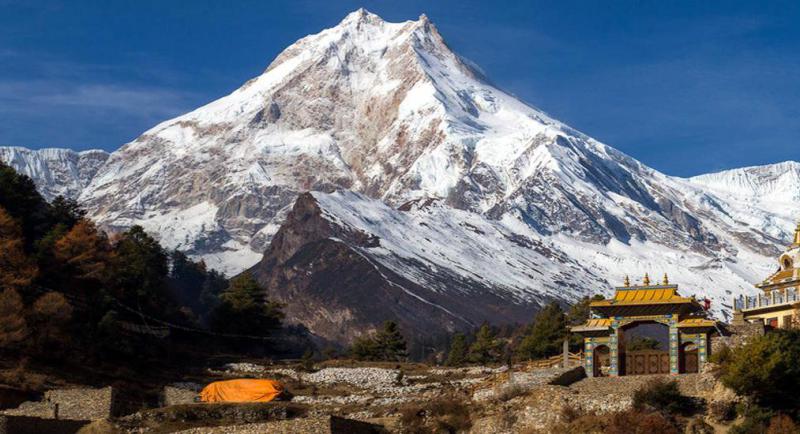











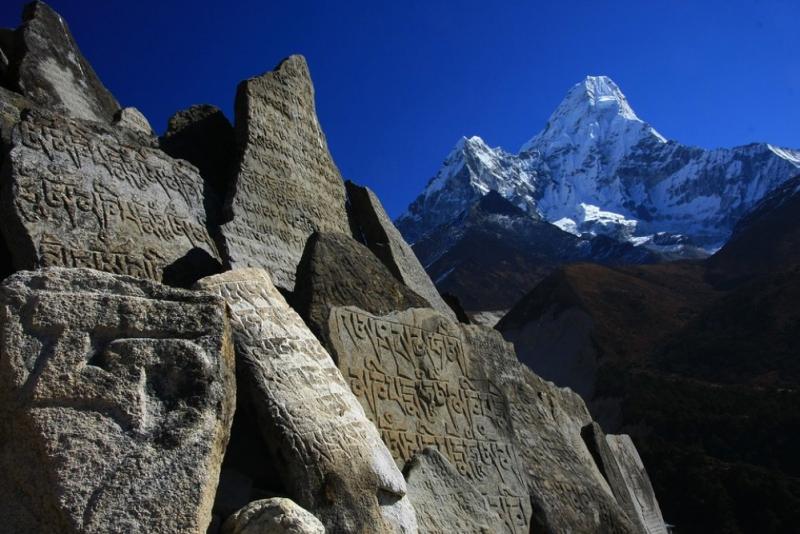






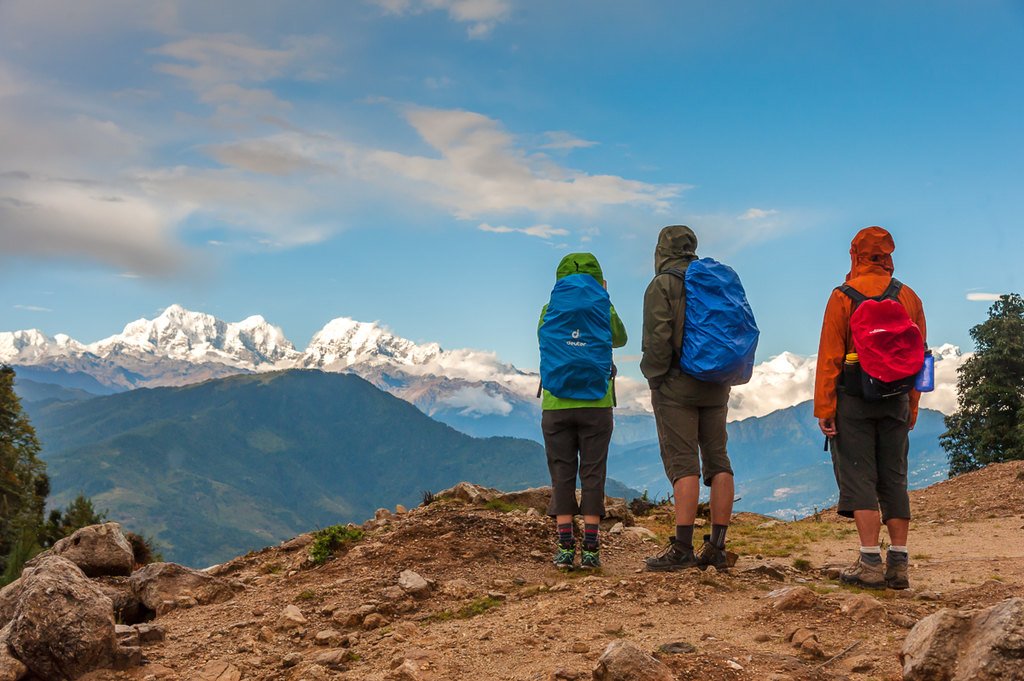
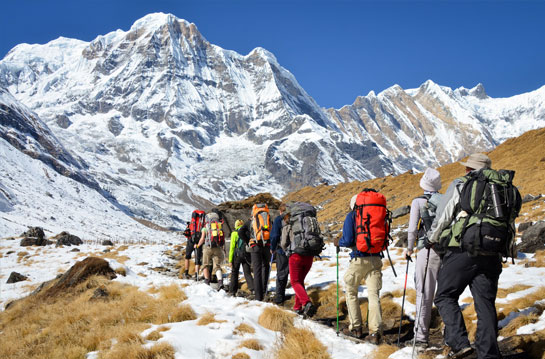
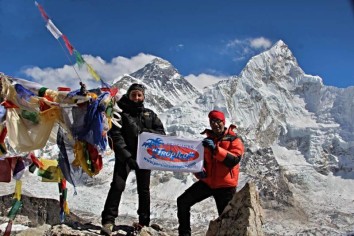






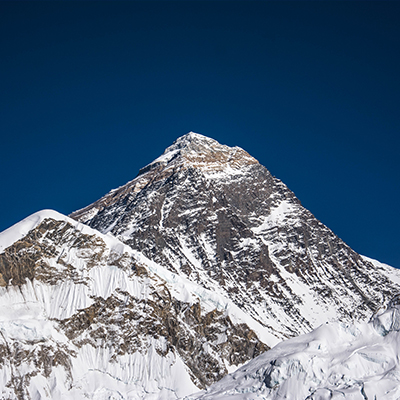


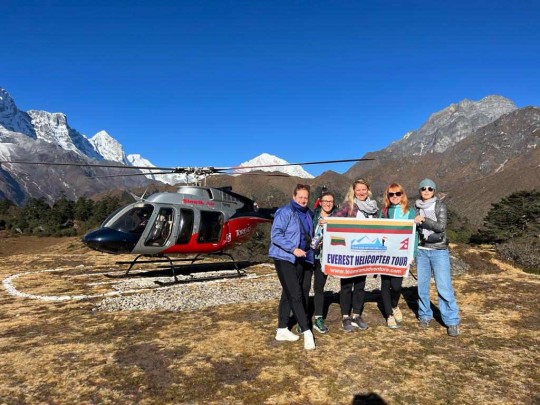



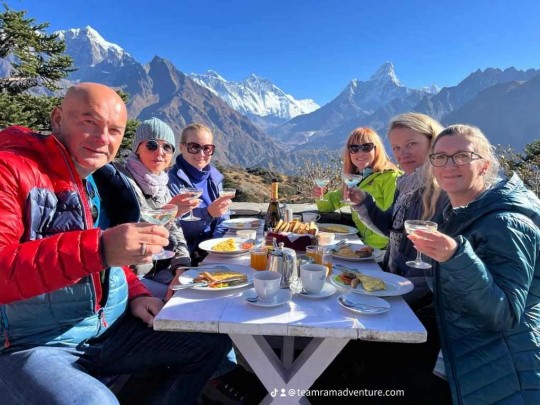







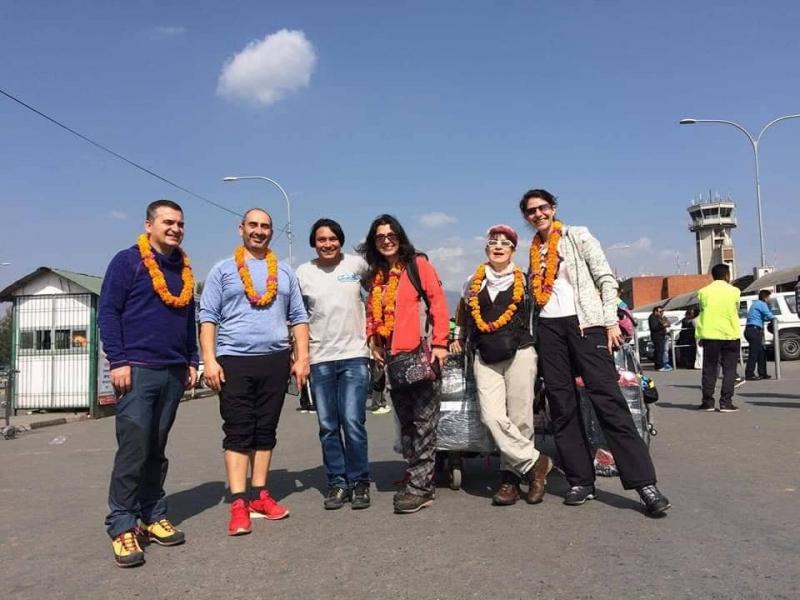












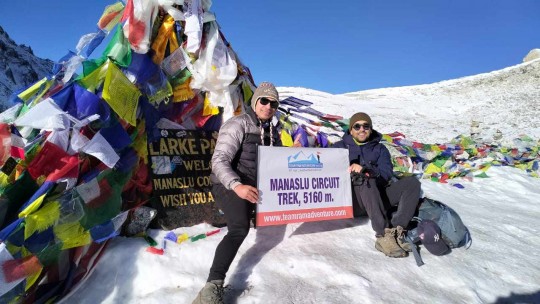
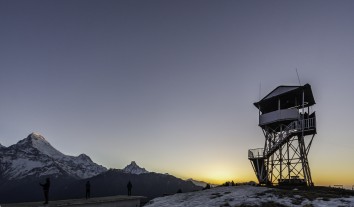
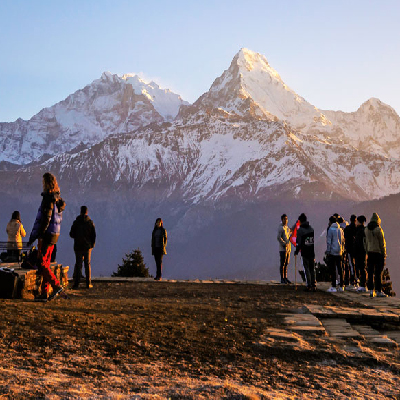










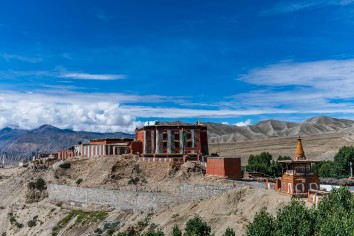


.jpg)







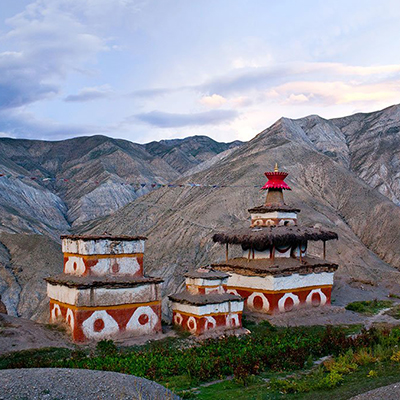
.jpg)


.jpg)

